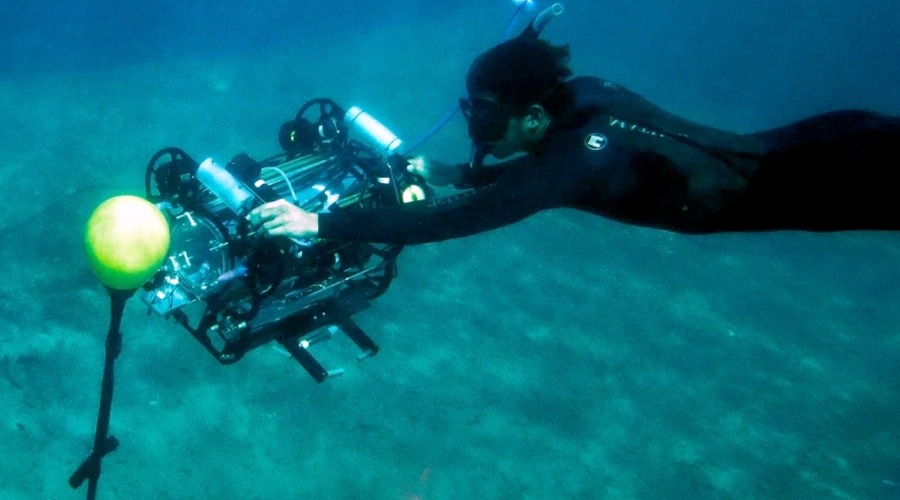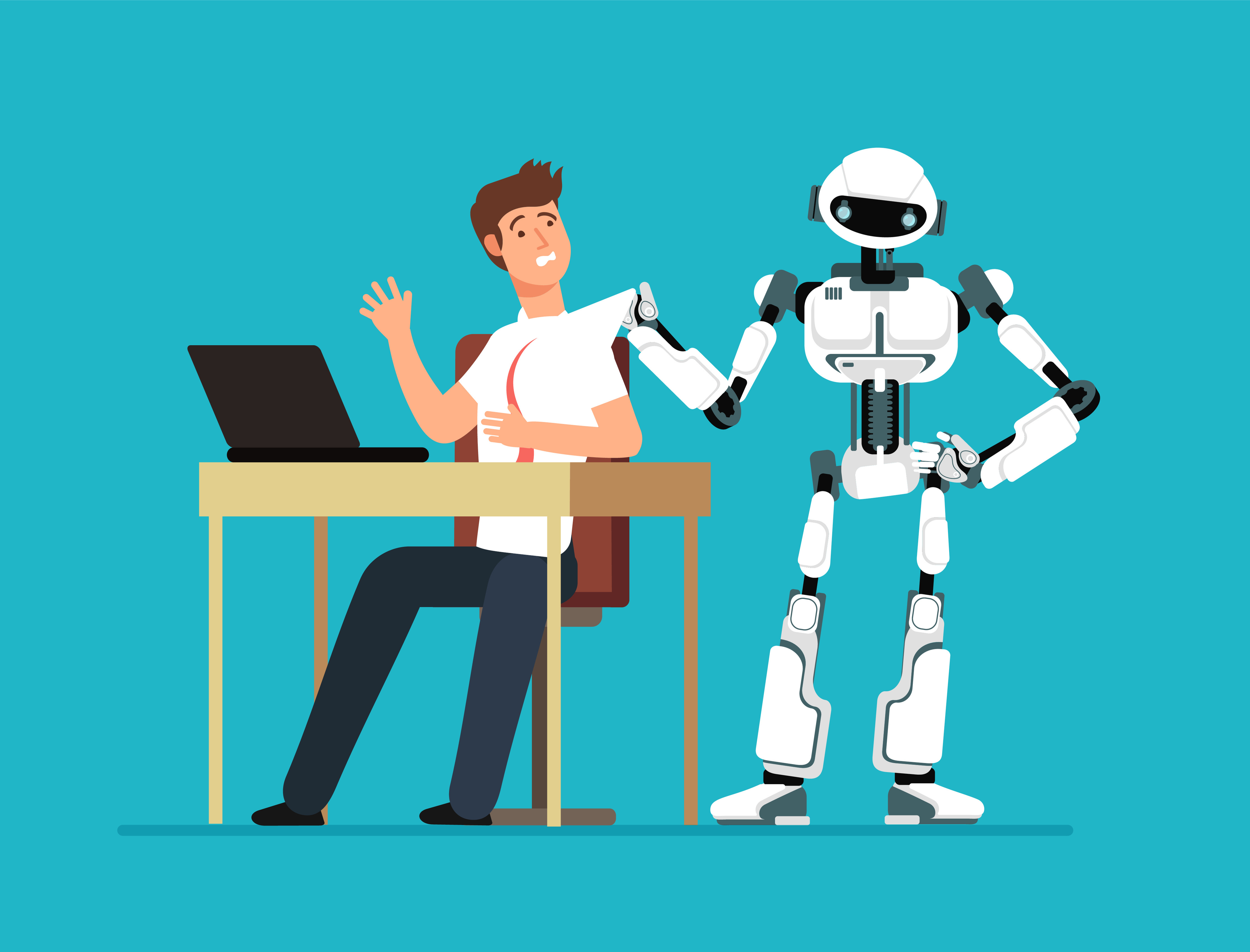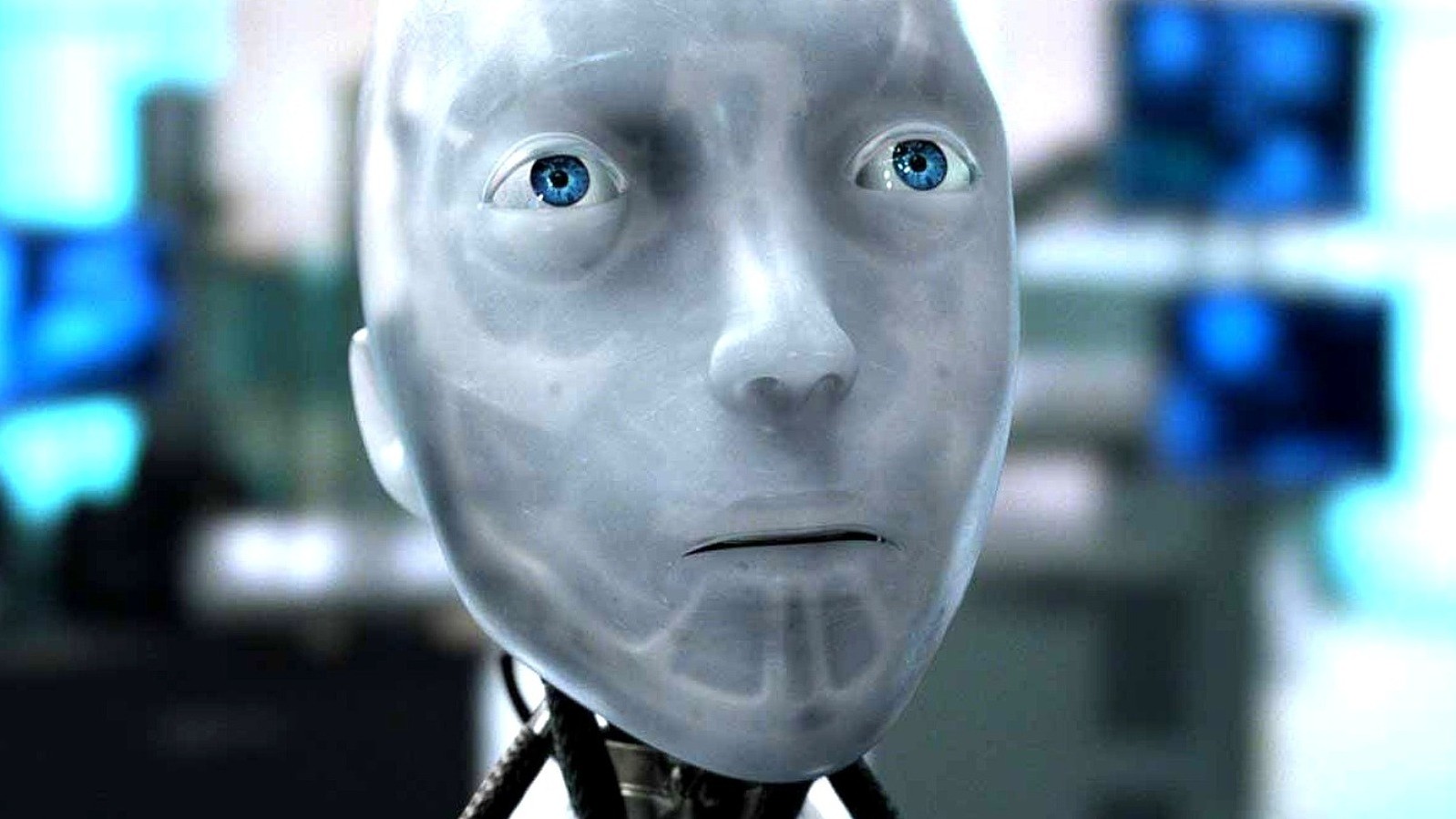At the forefront of innovation, Panasonic's subsidiary Atoun has unveiled a groundbreaking exoskeleton at the Olympics, blurring the lines between technology and human capability.
This exoskeleton, weighing under 5 kg, stands as a remarkable fusion of robotics and wearables, revolutionizing the way individuals carry heavy loads while safeguarding against back and joint injuries. Equipped with a touch sensor embedded within the frame, it intelligently detects and adapts to the wearer's posture, ensuring optimal load distribution and ergonomic support.
Compact yet powerful motors integrated into the exoskeleton provide enhanced lifting, pulling, and pushing capabilities, effectively bolstering the wearer's shoulders and hips. Furthermore, sophisticated tilt sensors located at the waist monitor movement during walking, seamlessly adjusting motor functions to conserve energy and optimize performance.
Originally designed with the needs of movers, farmers, and couriers in mind, the Atoun exoskeleton offers unparalleled assistance to those engaged in repetitive heavy lifting tasks. However, its versatility has recently extended to sports events, where personnel grapple with the demands of transporting cumbersome equipment and payloads.
As athletes and support staff alike embrace the benefits of this cutting-edge technology, the Panasonic exoskeleton stands as a testament to the transformative power of robotics in enhancing human performance and well-being. With its lightweight design and intelligent features, it paves the way for a future where man and machine seamlessly collaborate, transcending the limitations of physical endurance and capability.


















